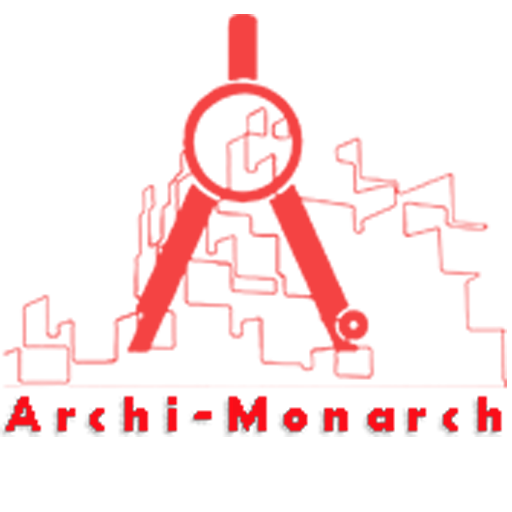In architecture and interior design, crockery and bar units are specialized storage and display elements typically incorporated into dining or living spaces.
A crockery unit is designed to store and showcase dishes, glassware, and other dining essentials, often featuring glass-fronted cabinets, open shelves, and drawers for functional and aesthetic appeal. These units enhance the dining experience by keeping essentials organized and easily accessible.
A bar unit, on the other hand, serves as a compact area for storing and serving beverages, including wine racks, bottle holders, and space for bar tools and glasses.
Integrated lighting, stylish finishes, and sleek designs often make these units focal points in modern homes. Both elements blend functionality with decor, contributing to the overall ambiance and efficiency of the space.
If you want to know about the submission drawing or lift lobby and atrium detail or standard detail, please click the link.
Image of Crockery and bar unit detail and downloadable (in DWG) link below

Crockery and bar unit detail drawing – 1
In architectural construction, crockery and bar unit detail drawings are essential for accurately communicating the design, dimensions, materials, and joinery of these functional furniture elements.
These detailed drawings typically form part of the interior design or millwork package and are used by carpenters, contractors, and manufacturers during execution.
Key Components in Detail Drawings:
- Plan View: Shows the top view of the unit, indicating its overall dimensions, shelf layout, countertop size, and placement within the room.
- Elevations: Front and side elevation drawings show the vertical dimensions, design elements (like glass shutters, open shelves, or paneling), and the arrangement of drawers, cabinets, or display niches.
- Sections: Cross-sectional views detail the internal structure, such as thickness of shelves, back paneling, support systems, and internal compartments for crockery or bar accessories.
- Material Specifications: Clearly mention the materials used, like plywood with laminate finish, MDF with PU paint, glass panels, or natural wood, along with hardware like soft-close hinges, handles, and lighting fixtures.
- Joinery Details: Include technical info on how different parts are joined – dowel joints, screws, adhesives, or modular fittings. This ensures precision and durability.
- Lighting Details (for Bar Units): Drawings may show LED strip lights or spotlights integrated into the unit, with conduit paths and switch locations.
- Utility Provisions: For bar units, provision for electrical outlets (for wine chillers or mixers) and water connections (if a sink is included) are shown in detail.
These detailed drawings ensure the unit is built precisely as designed, combining functionality with aesthetics, and are an essential part of customized interior fit-outs.
Our tips to help you improve your architectural Crockery and bar unit detailing.
